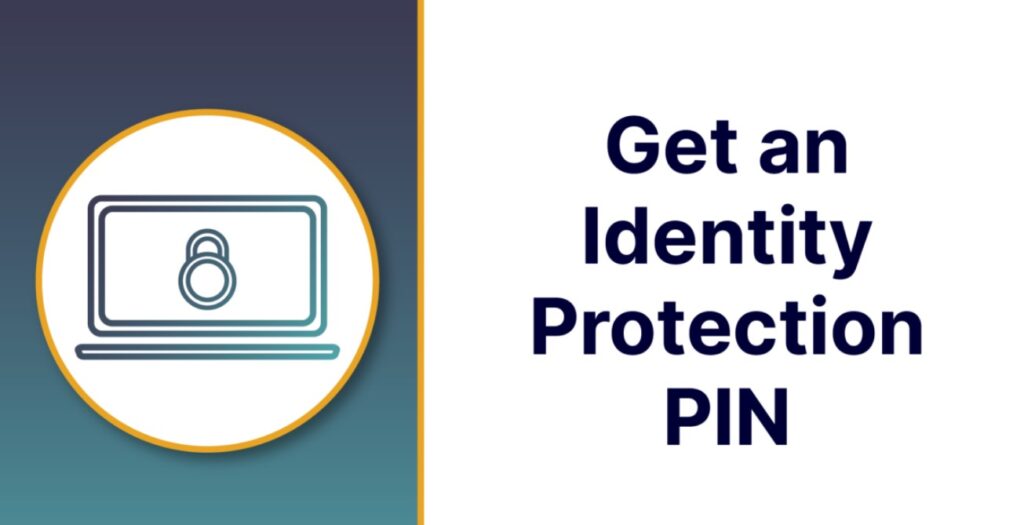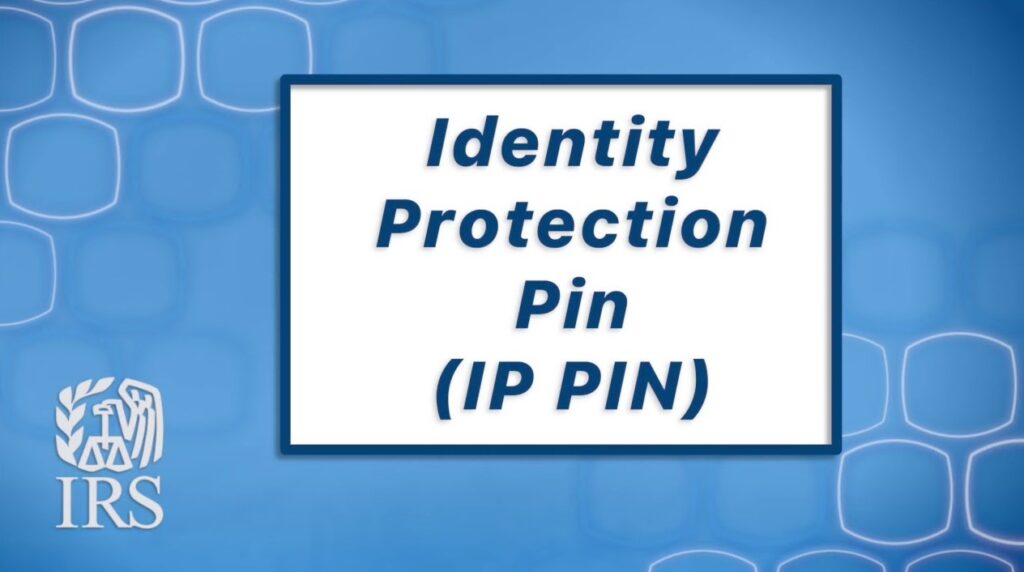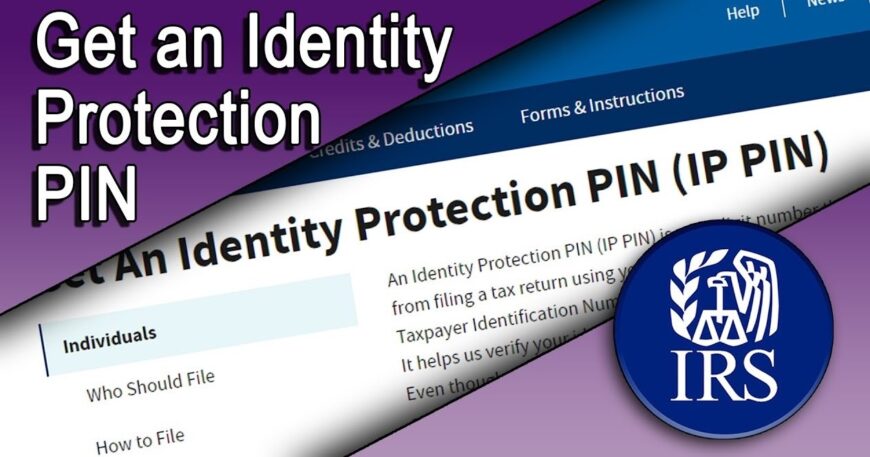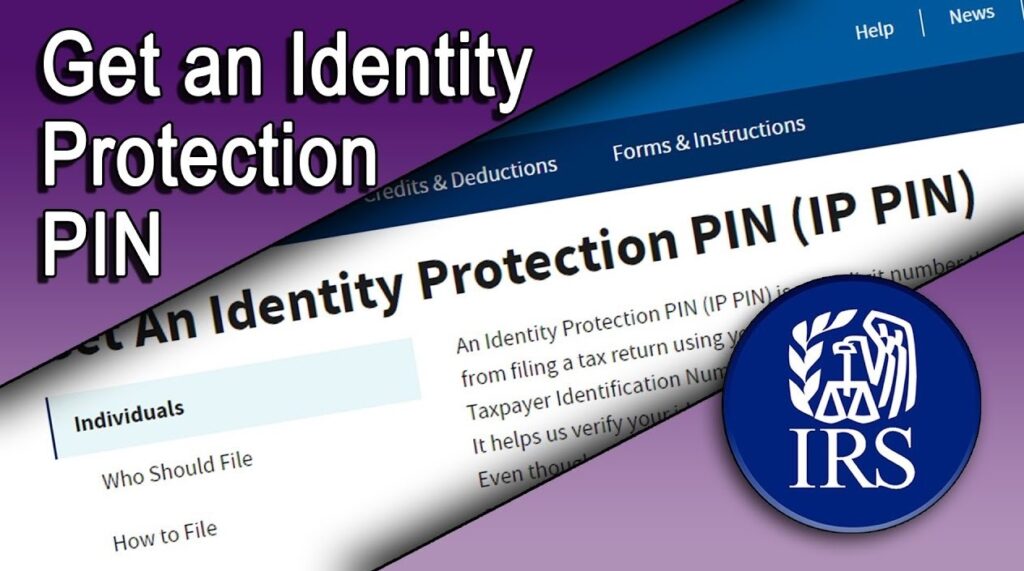Understanding and Getting Your IRS IP PIN: A Step-by-Step Guide
The IRS (Internal Revenue Service) has taken significant steps to prevent identity theft and protect taxpayers from fraudulent tax returns. One of the most effective tools in this protection process is the IRS Identity Protection PIN, or IP PIN. But what exactly is an IP PIN, how can you get one, and why is it so important?
In this post, we’ll provide you with all the essential information you need about the IRS IP PIN, including what it is, why you need it, and how you can obtain it. Whether you need to get an IP PIN for yourself or a child, we’ll walk you through the process and ensure you’re fully informed.

What Is an IRS IP PIN?
An IRS Identity Protection PIN (IP PIN) is a six-digit number assigned to eligible taxpayers to help prevent identity theft. This number acts as an additional layer of security when filing your tax returns. When you file your taxes, you’ll be required to enter your IP-PIN, which helps the IRS verify that you are the person submitting the return, preventing someone else from fraudulently using your information.
The IP PIN serves as an extra safeguard against tax fraud, especially in cases where an individual’s Social Security number (SSN) has been compromised. The IRS uses the PIN in combination with your SSN and other personal information to verify your identity. If someone tries to file a tax return using your SSN and their own fraudulent information, they won’t be able to complete the filing without the correct IP PIN.
Why Should You Get an IP PIN?
Getting an IRS IP PIN is crucial for any taxpayer who’s at risk of identity theft or has already been a victim. Here are a few reasons why you should get one:
- Prevent Tax Fraud: If your SSN is compromised, an IP PIN makes it harder for someone to use your identity to file fraudulent tax returns.
- Peace of Mind: Knowing that the IRS has extra security layers to protect your tax filings gives you confidence and peace of mind.
- Eligibility for Taxpayer Protection: If the IRS has already detected a tax fraud attempt using your SSN, they might proactively assign you an IP PIN.
Now that you understand the importance of an IP PIN, let’s dive into how you can get one.
How to Get an IP PIN From the IRS Online
The IRS has made it relatively easy for eligible taxpayers to get an IP-PIN online. Here’s a simple guide to obtaining your IP-PIN through the IRS website:
Step 1: Ensure You’re Eligible
Not all taxpayers are eligible to receive an IP PIN. The IRS has specific criteria for eligibility, which generally includes:
1) You have already filed taxes in the U.S.
2) You are an individual taxpayer, not a business.
3) You have a valid Social Security Number (SSN) or Individual Taxpayer Identification Number (ITIN).
4) Your personal details, such as your name, address, and date of birth, must match the IRS records.
If you meet these criteria, you can proceed with the process of obtaining your IP PIN.
Step 2: Visit the IRS Get an IP PIN Tool
The IRS provides a secure online tool called the Get an IP PIN tool, which you can access directly through the IRS website. This tool allows you to apply for or retrieve your IP-PIN without having to call the IRS.
Here’s the link to access the tool:
IRS Get an IP PIN Tool
Step 3: Verify Your Identity
Before you can receive your IP PIN, the IRS will need to verify your identity. This is done using a two-factor authentication process that may require you to:
- Provide personal information (name, address, date of birth, etc.)
- Answer security questions (for example, about your tax history)
- Use your mobile phone or email to receive a one-time security code
Step 4: Get Your IP PIN
Once you’ve successfully verified your identity, the IRS will assign you an IP-PIN. You can immediately view and save your new PIN, which will be needed when filing your taxes.
Important: If you are successfully enrolled, you will receive a new IP PIN every year. The IP-PIN is only valid for the year it was issued, and you will need to get a new one for subsequent years.
How to Get an IP PIN for Your Child
If you are a parent or guardian and want to protect your child’s identity from tax fraud, you can get an IP-PIN for them too. The process for getting an IP-PIN for a child is a bit different, and here’s how you can do it:
Step 1: Determine Eligibility for Your Child
Your child must meet the following conditions:
- They are under the age of 18.
- They have been the victim of identity theft, or there is a concern that their SSN has been compromised.
Step 2: Apply for an IP PIN for Your Child
Unlike adults, you cannot get an IP PIN for your child through the IRS online tool. Instead, you will need to complete the IRS Form 14039, Identity Theft Affidavit, and submit it to the IRS.
Once your child’s identity is verified, the IRS will assign an IP-PIN to the child, which you will need to use for future tax filings.
How Can I Get My IP PIN?
If you’ve lost or forgotten your IRS IP PIN, don’t worry! You can retrieve it using one of the following methods:
- Use the IRS Get an IP PIN Tool: If you’ve previously registered for an IP-PIN, you can retrieve it through the IRS website.
- Look for Your Notice: The IRS will mail you a notice containing your IP-PIN every year. If you have kept these notices, you can find your IP-PIN there.
- Call the IRS: If you’re unable to find your IP-PIN using the previous methods, you can contact the IRS directly. Keep in mind that it might take a few weeks to resolve, so this is the least preferred option.
What Happens If You Don’t Have an IP PIN?
If you’re required to use an IP PIN but don’t have one, you’ll be unable to e-file your taxes. In this case, you’ll have to file a paper return and manually input your tax information.
Additionally, you might experience delays in processing your tax return, as the IRS will need to manually verify your identity before approving your refund.

Step-by-Step Guide: How to Get Your IRS IP PIN Online
The IRS makes it easy for eligible taxpayers to get their IP-PIN online. Follow these steps to obtain your IP PIN:
Step 1: Confirm Your Eligibility
Before you start the process, you need to make sure you meet the eligibility requirements. Not everyone is eligible to get an IP-PIN online. To be eligible, you must:
-
Have filed a tax return in the U.S. before. If you’ve never filed taxes, you won’t be able to receive an IP-PIN.
-
Be an individual taxpayer (not a business). The IP-PIN program is specifically for individuals filing taxes.
-
Have a valid SSN or ITIN. You need a valid Social Security Number (SSN) or Individual Taxpayer Identification Number (ITIN) to apply for an IP PIN.
-
Your personal information must match IRS records. The IRS will verify your name, address, date of birth, and other details to ensure they match the records they have on file.
If you meet all these criteria, you’re eligible to apply for an IP-PIN online.
Step 2: Visit the IRS Get an IP PIN Tool
The IRS has a secure online tool called the Get an IP PIN tool. You can use this tool to either apply for a new IP-PIN or retrieve an existing one. To access the tool, go to the official IRS website.
Here’s the link to the tool:
IRS Get an IP PIN Tool
Step 3: Verify Your Identity
The next step is to verify your identity. The IRS uses a two-factor authentication process to ensure that only the correct person is requesting the IP PIN. Here’s what you’ll need to do:
-
Provide Personal Information: You’ll be asked to enter your name, address, date of birth, and SSN (or ITIN).
-
Answer Security Questions: The IRS will ask you a set of questions based on your tax history (such as details from previous tax returns or financial accounts).
-
Use Two-Factor Authentication: The IRS may send a one-time security code to your mobile phone or email address to verify your identity.
Once you’ve answered the security questions and successfully verified your identity, you’ll be able to proceed to the next step.
Step 4: Receive Your IP PIN
Once your identity is verified, the IRS will assign you a unique IP-PIN. You will be able to view and download your new six-digit number immediately. Be sure to store your IP PIN securely because you will need it when filing your taxes.
Remember, the IP PIN is only valid for the tax year in which it was issued. Each year, you will need to request a new IP-PIN from the IRS, so be sure to keep track of it for future filings.
Step 5: Renew Your IP PIN Annually
An important thing to note is that the IRS assigns you a new IP-PIN every year. This ensures that your account remains secure, and the IRS can verify your identity for each tax filing season. You can retrieve your new IP-PIN using the Get an IP PIN tool or wait for the IRS to send it to you via mail.
FAQs About IRS IP PIN
What is an IRS IP PIN?
An IRS IP-PIN is a six-digit number that helps protect your tax identity and prevent fraudulent tax returns. It’s required when filing your taxes.
How can I get my IP-PIN online?
You can use the IRS “Get an IP PIN” tool on their website to get your IP-PIN online, provided you meet their eligibility requirements.
What happens if I lose my IP PIN?
If you lose your IP-PIN, you can retrieve it through the IRS website, by checking past IRS notices, or by calling the IRS for assistance.
Can I get an IP PIN for my child?
Yes, you can apply for an IP-PIN for your child if they meet specific criteria, such as being a victim of identity theft or their SSN being compromised.
How long is an IP PIN valid?
An IP-PIN is valid for one tax year. You will need to get a new one each year for as long as you’re enrolled in the program.
Do I need an IP PIN every year?
Yes, the IRS assigns you a new IP-PIN each year. You will need to keep track of it for your future tax filings.
Conclusion
Protecting your identity is crucial in today’s digital world, and the IRS IP-PIN program is one of the best ways to do so. By understanding what an IP PIN is, why you need it, and how to get it, you can secure your tax filings and avoid falling victim to fraud.
Whether you need to get your own IP-PIN or one for your child, the process is straightforward. Follow the steps outlined above to ensure your information stays safe, and don’t forget to keep your IP PIN safe for future tax filings!
Additional Tips for Protecting Your Tax Identity
While an IRS IP PIN is an important step in protecting your tax identity, there are other strategies and precautions you can take to further safeguard your information.
Keep Your Personal Information Secure
One of the most crucial things you can do to prevent tax fraud is to keep your personal information safe. This includes:
- Shredding sensitive documents: Any paper documents that contain personal details, like your SSN, address, or financial information, should be shredded when no longer needed.
- Using strong passwords: Ensure that your online accounts, especially those related to tax filings, use strong, unique passwords.
- Be cautious with emails and phone calls: Be wary of phishing scams. The IRS will never ask for sensitive information via email or phone call. Always verify any communication that seems suspicious.
Monitor Your Credit and Tax Records Regularly
Frequent monitoring of your credit reports and IRS records can help you detect any unusual activity. Here are a few steps you can take:
- Check your credit reports: Request a free copy of your credit report from each of the three major credit bureaus (Experian, Equifax, and TransUnion) at least once a year. This allows you to spot any new accounts or inquiries that could indicate identity theft.
- Use the IRS’s “Where’s My Refund?” Tool: If you’re expecting a tax refund, track the status using the IRS “Where’s My Refund?” tool. If there are unexpected delays or issues, it might be a sign of fraudulent activity.
What to Do If Your IP PIN Is Compromised
If you suspect that your IP PIN has been compromised or if someone tries to file a tax return using your information, here are the immediate steps you should take:
- Contact the IRS: If your IP-PIN has been stolen or you notice suspicious tax activity, immediately contact the IRS. The IRS Identity Protection Specialized Unit (IPSU) will guide you through the next steps.
- File a Report with the Federal Trade Commission (FTC): If your identity has been stolen, it’s important to report the theft to the FTC. This can help you recover your identity and prevent further damage.
- Monitor Your Tax Records: Request a copy of your tax transcript from the IRS. This document will show the returns filed under your name and Social Security number. Monitoring this can help you catch any fraudulent filings early.
The Future of the IRS IP PIN
As identity theft continues to rise, the IRS has been working hard to enhance its fraud detection and prevention methods. This includes expanding access to the IP PIN program. In recent years, the IRS has made the IP PIN available to more taxpayers, aiming to increase overall protection.
Looking ahead, the IRS plans to further expand the IP-PIN program and provide additional tools to help taxpayers manage and protect their identities. This may include streamlining the application process, making it even easier for taxpayers to obtain and use their IP PIN.
In the meantime, it’s important for taxpayers to stay vigilant, follow best practices for identity protection, and take advantage of resources like the IRS Get an IP PIN tool. The more proactive you are, the less likely you’ll fall victim to identity theft or tax fraud.
Conclusion
Identity theft is a serious issue, and the IRS IP PIN is an essential tool in the fight against tax fraud. By obtaining your IP PIN, you can add an extra layer of security to your tax filings and ensure your personal information stays protected. Whether you’re filing your taxes for the first time or you’re a seasoned filer, having an IP PIN is one of the best ways to safeguard your identity.
Remember, the process for getting your IP-PIN is simple and secure. You can access the IRS’s online tool, verify your identity, and receive your PIN in a few straightforward steps. If you need to get an IP PIN for your child or need assistance retrieving a lost PIN, the IRS provides resources to help you.
Stay proactive in protecting your tax identity, and make sure to review your information each year. This will help you avoid any potential issues and ensure that your tax return is filed securely and without delays.




